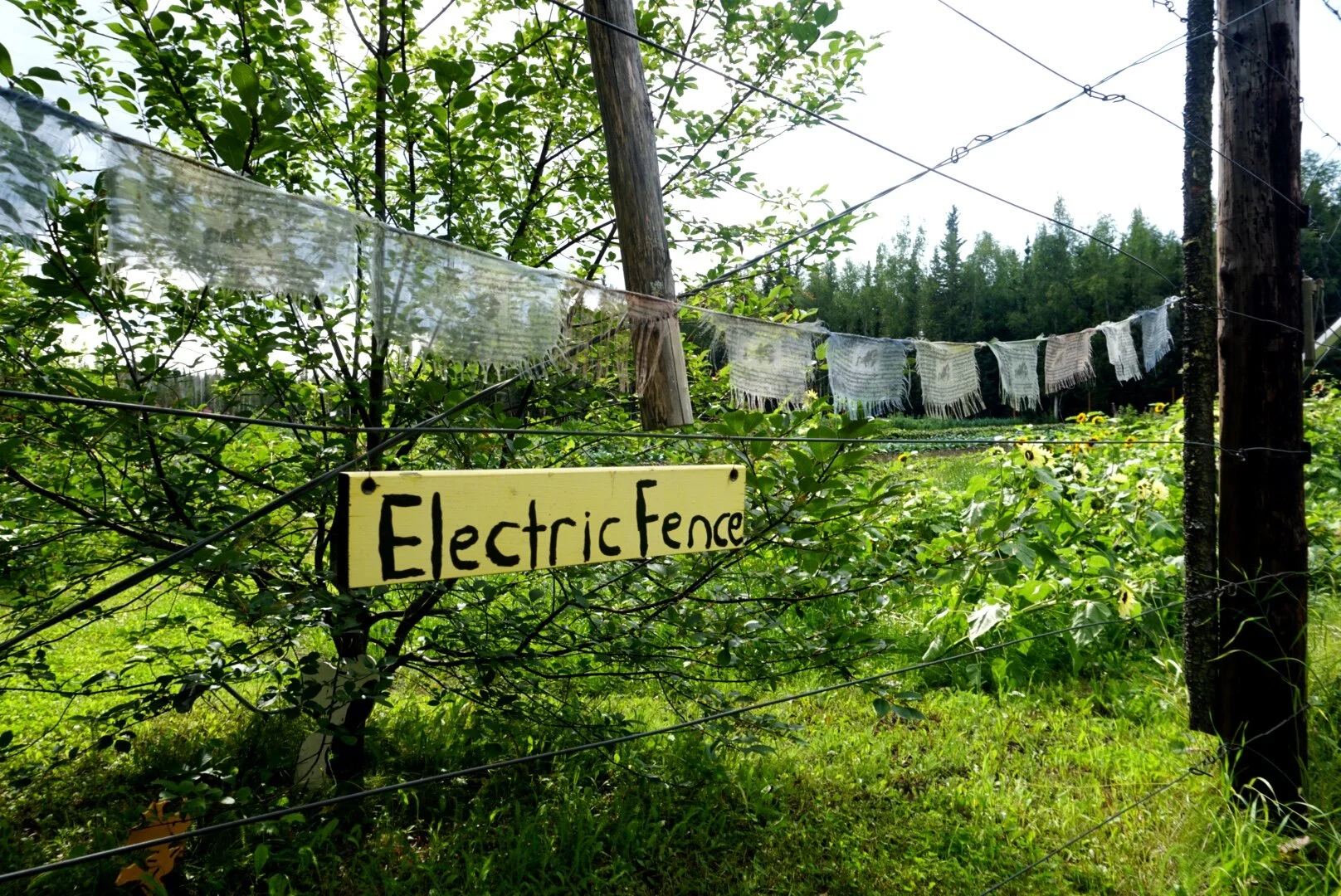Pete grew up in Fairbanks, and he thinks fall is coming later than it used to. He remembers waiting until the first of October to go out on the ponds when he was a kid.
“Now there's no ice the first of October, or if there is, you better not go out on it,” he said. “That really seems different.” But, he’s hesitant to rely too much on his memory to provide insight into how the area’s climate might be changing.
“The big data is what’s really telling the story,” he said. “Me as a farmer, I don't know if I remember things that well. I mean some things you try to forget actually. You try to forget how horrible and rainy it was in whatever year that was.”














